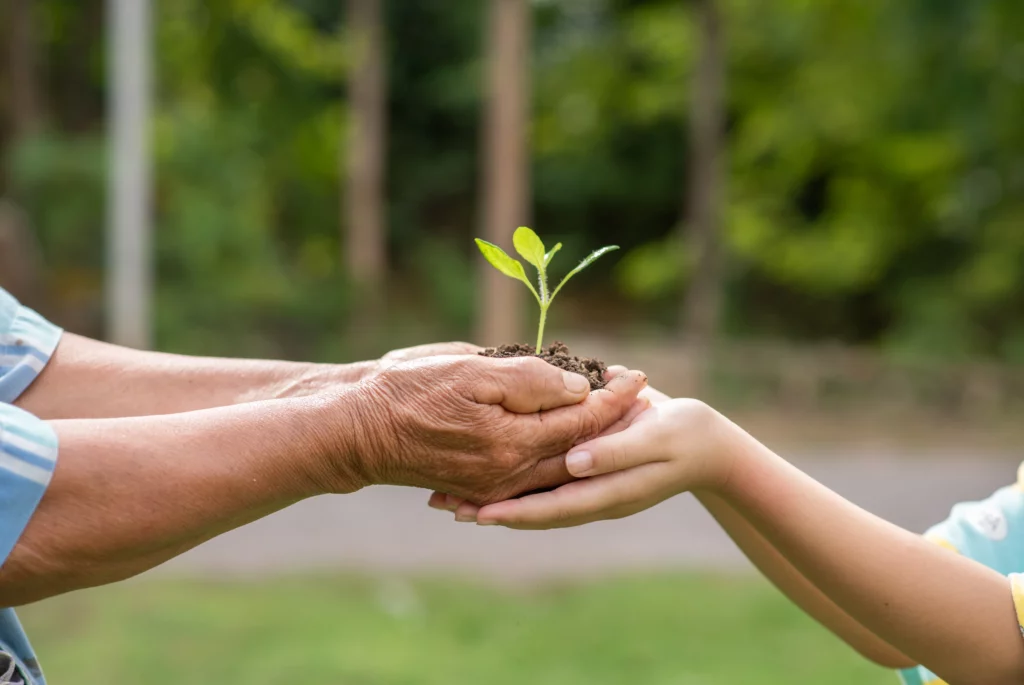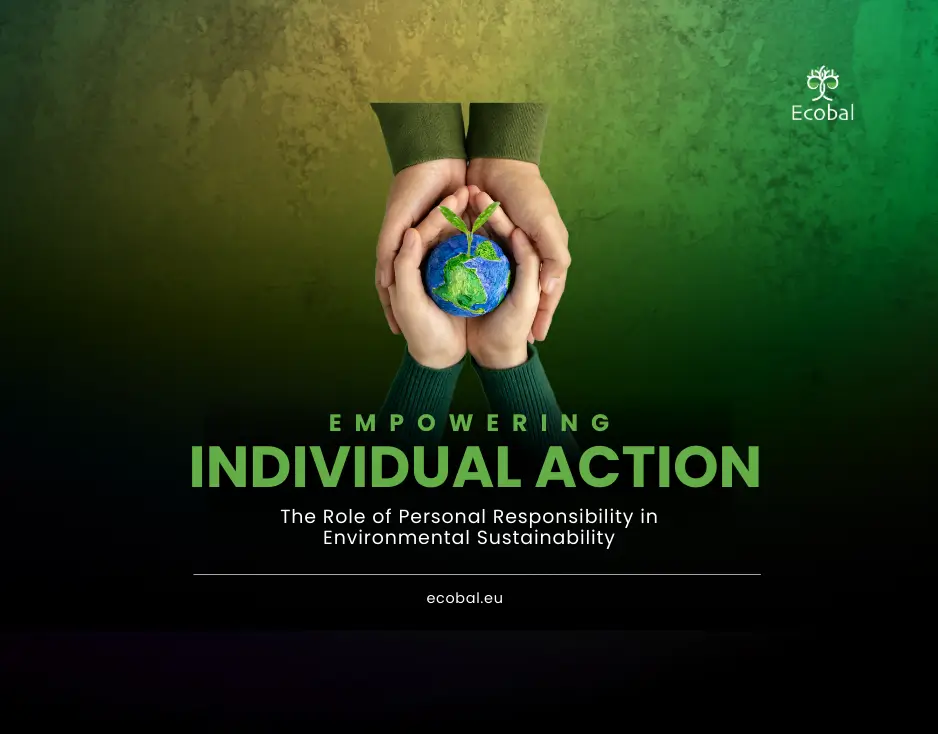Empowering Individual Action: The Role of Personal Responsibility in Environmental Sustainability
Large-scale policies and technological innovations dominate climate discourse, yet individual actions remain a critical, underemphasized driver of environmental change. Although systemic solutions are essential (Stern, 2020), excessive reliance on institutional interventions risks neglecting the transformative potential of individual agency. Emerging evidence demonstrates that small-scale behavioural shifts, when aggregated, significantly contribute to sustainability (Whitmarsh & O’Neill, 2010). This article analyses how personal responsibility complements—rather than substitutes—structural measures, amplifying their collective impact.
Human behaviour is influenced by intrinsic motivation, social norms, and perceived efficacy. Studies in environmental psychology indicate that individuals who believe their actions matter are more likely to adopt sustainable practices (Bandura, 2000). Interventions that frame environmentalism as a social norm (e.g. energy-saving comparisons with neighbours) have proven effective (Schultz et al., 2007).

1. The Aggregate Impact of Small Actions
While single actions may seem insignificant, collective behavioural shifts can lead to substantial reductions in carbon emissions. For example:
Household Energy Use: If 10% of U.S. households reduced thermostat settings by 1°C in winter, annual CO₂ emissions would drop by ~8 million tons.
Dietary Choices: Widespread adoption of plant-based diets could cut food-related emissions by up to 70%.
Transportation: Increased use of public transit and cycling in urban areas has reduced per capita emissions by 15–20% in cities like Copenhagen and Amsterdam.
2. Evidence-Based Strategies for Encouraging Individual Action
2.1. Nudging Sustainable Behaviours
Behavioural “nudges”—subtle changes in choice architecture—can promote eco-friendly decisions without restricting freedom. Examples include:
- Default Options: Making renewable energy the default choice increases adoption rates.
- Feedback Systems: Real-time energy monitors reduce household consumption by 5–15%.
2.2. Social Influence and Community Engagement
Social networks amplify individual actions. Community-based initiatives, such as:
- Repair Cafés & Sharing Economies extend product lifespans, reducing waste.
- Citizen Science Programs engage the public in environmental monitoring, fostering stewardship.
2.3. Overcoming Barriers to Action
Common obstacles include:
- Perceived Inefficacy (“My actions don’t matter”) → countered by showcasing collective impact.
- Convenience & Habit → addressed through infrastructure (e.g., better bike lanes, recycling accessibility).
3. Policy Implications and Future Directions
To maximize individual contributions, policymakers should:
- Integrate behavioural insights into climate communication (e.g., emphasizing social norms).
- Invest in infrastructure that enables sustainable choices (e.g., public transit, renewable energy grids).
- Support grassroots movements that empower local environmental action.
Why It Matters for Ecobal
At Ecobal, we are committed to staying at the forefront of technological advancements in CO2 sequestration. By integrating cutting-edge technologies such as ultra-fast CO2 hydrate formation, we enhance our efforts to transform former agricultural or barren lands into thriving ecosystems. Ecobal has achieved significant milestones, including: Nature Spots in five different EU countries: France, Italy, Poland, Spain and Romania.
Ecobal’s storage capacity: Ecobal manages 155 hectares of Nature Spots across the EU, storing 1581 tons of CO2, releasing about 1150 tons of oxygen per year, and conserving nature. This ensures that our projects not only effectively sequester CO2, but also contribute to sustainable biodiversity conservation.
🌿 Ecobal’s Mission:
- Raise awareness and establish authority to certify the ecological health and capacity of rural and natural landscapes.
- Monetize ecosystem services to demonstrate the economic value of nature.
- Use natural ecosystems as efficient carbon sinks for CH4 and CO2 sequestration and biodiversity conservation.
- Turning CO2 and CH4 from a challenge into a valuable and tradable commodity.
- Manage soil microbiota and fauna to improve soil health and ecosystem functionality.
- Restoring biodiversity through the reintroduction and conservation of native species.
About the Author
This article is written by Dr. Amisalu Milkias, an experienced environmental researcher and advisor with expertise in climate science, ecological economics, and nature-based solutions. Dr. Milkias’ work explores the intersection of behavioural science, policy, and sustainability to promote transformative environmental change.
Selected Sources
Whitmarsh, L., & O’Neill, S. (2010). Green identity, green living? Journal of environmental psychology.
Bandura, A. (2000). Exercise of human agency through collective efficacy. Current Directions in Psychological Science.
Creutzig, F., et al. (2015). Transport: A roadblock to climate change mitigation? Science.
Poore, J., & Nemecek, T. (2018). Reducing food’s environmental impacts through producers and consumers. Nature.


